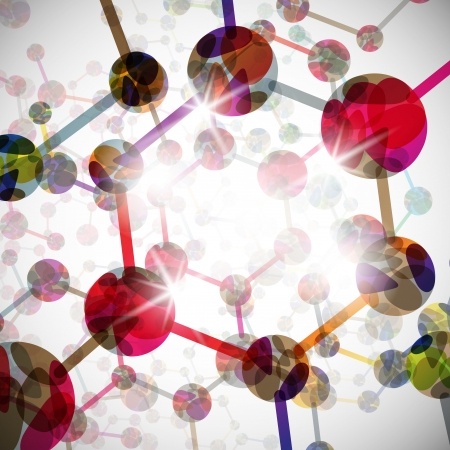Pufferfish, bugs, cement, greenhouse gases, Pluto, multi-dimensional universes – just another fun and fascinating collection of SciNews. SciNews is published every Monday and Thursday. Stay tuned for more
 Biology
Biology
That puffed-up pufferfish isn’t holding its breath. Science News
Pufferfish have a couple of ways to defend themselves: They have an incredibly potent toxin in their flesh, and they can puff themselves out into a spine-covered ball that’s pretty difficult to eat. When all puffed up, the animals look a little like the face of a person who’s holding his breath. Read more…
Tiny — but mighty — food-cleanup crews. Science News for Students
To people living in cities, insects may seem like a nuisance. But some scientists now argue that we might better view these critters as mini sanitation workers. New data show they quickly remove food waste that otherwise would attract larger, disease-carrying animals such as rats and pigeons. Read more…
 Chemistry
Chemistry
Reinventing cement: a potential game-changer for the planet. Globe and Mail
Cement is the basic building block of the world, and its production one of the biggest contributors to climate change. But nanotechnology could hold the key to making it not only stronger, but also much greener. Read more…
Canada won’t meet 2020 greenhouse gas emission targets: report. Globe and Mail
In a report released Monday, Environment Canada says that, without new action, the country will fall short by a wide margin on its pledge to reduce GHGs by 17 per cent from 2005 levels by 2020, and adds that there has been virtually no progress in the past year toward that goal. Read more…
 Physics
Physics
Three Totally Mind-bending Implications of a Multidimensional Universe. Discover.
Nearly a century ago, Edwin Hubble’s discovery of red-shifting of light from galaxies in all directions from our own suggested that space itself was getting bigger. Combined with insights from a handful of proposed non-Euclidean geometries, Hubble’s discovery implied that the cosmos exists in more than the three dimensions we’re familiar with in everyday life. Read more…
 Earth and Space Science
Earth and Space Science
Pluto probe wakes up one last time. Science News
NASA’s New Horizons spacecraft, scheduled to fly by Pluto on July 14, came out of hibernation for the last time to get ready for the final six months of its cruise to the dwarf planet. Mission controllers received word from the probe on December 6 at 9:53 p.m. Eastern time that it was awake and ready to work. Read more…
Water vapor on Rosetta’s target comet significantly different from that found on Earth. Science Daily
ESA’s Rosetta spacecraft has found the water vapor from its target comet to be significantly different to that found on Earth. The discovery fuels the debate on the origin of our planet’s oceans. One of the leading hypotheses on Earth’s formation is that it was so hot when it formed 4.6 billion years ago that any original water content should have boiled off. Read more…




